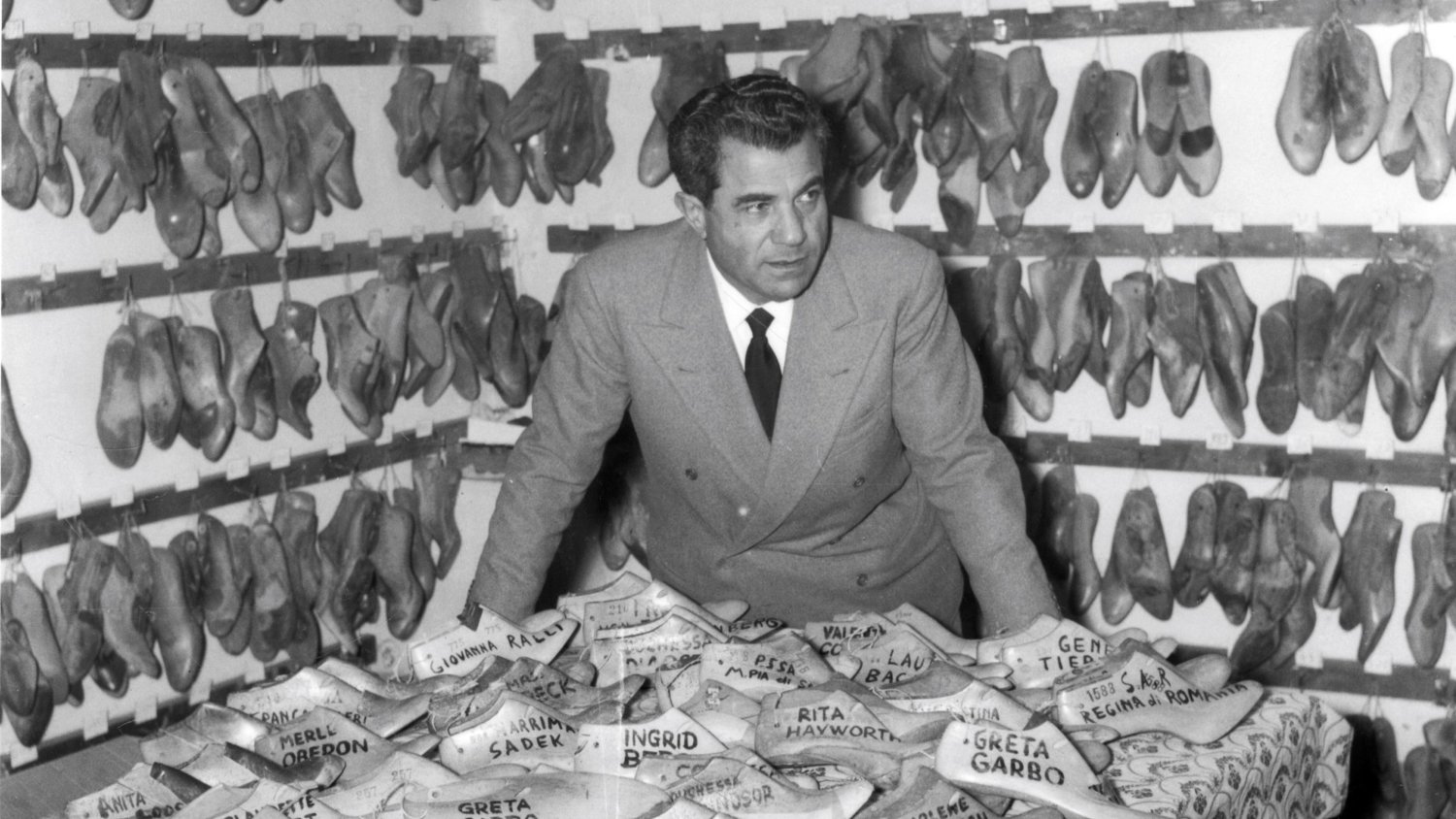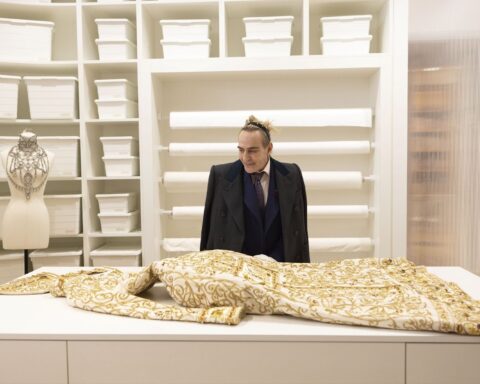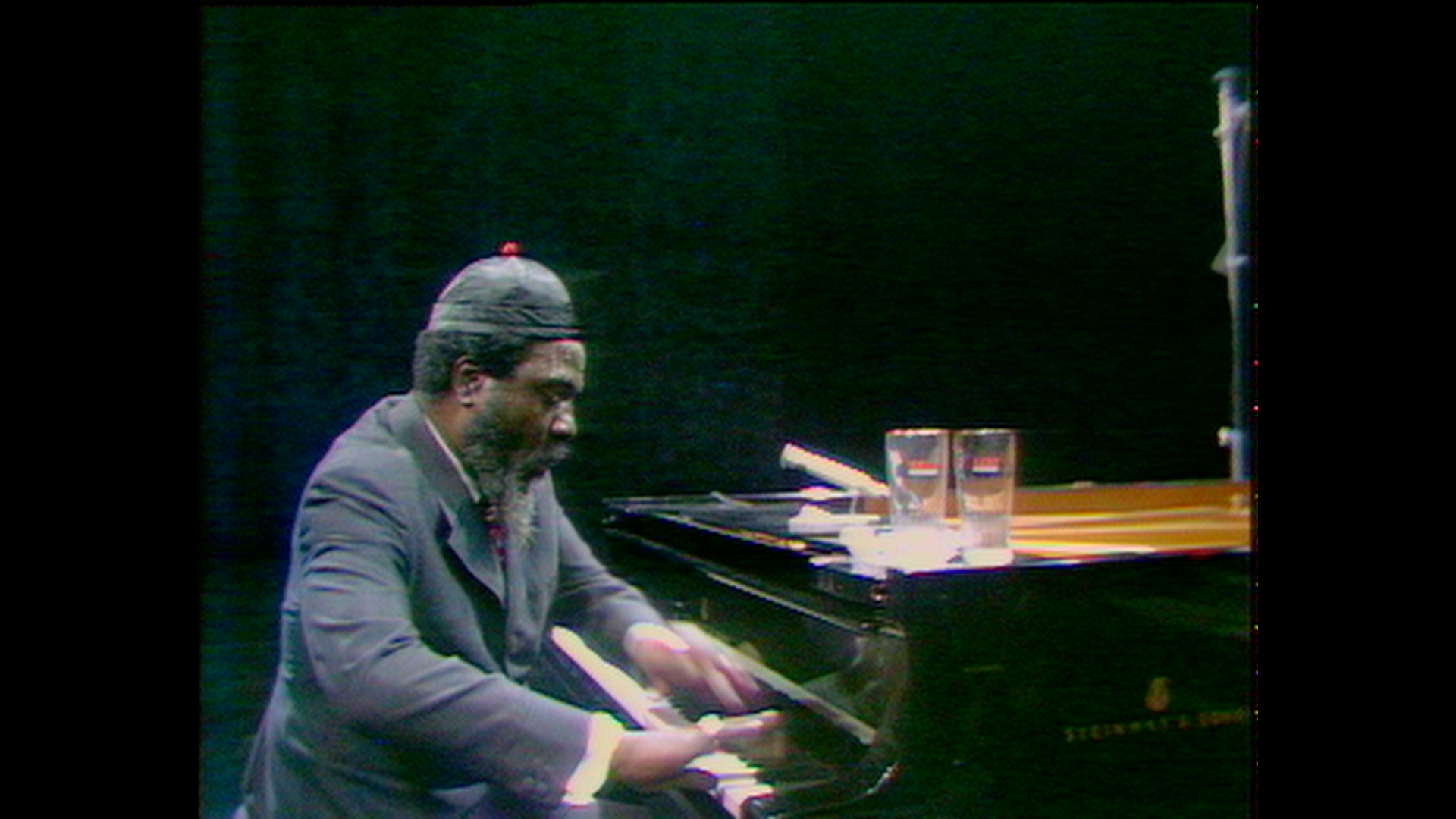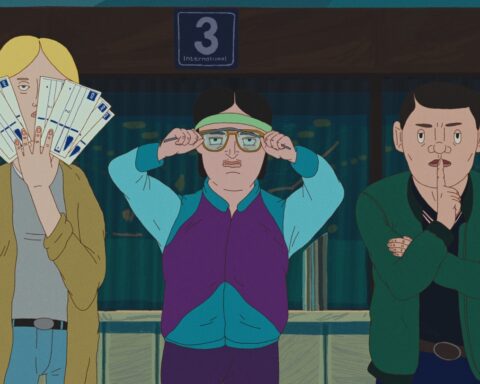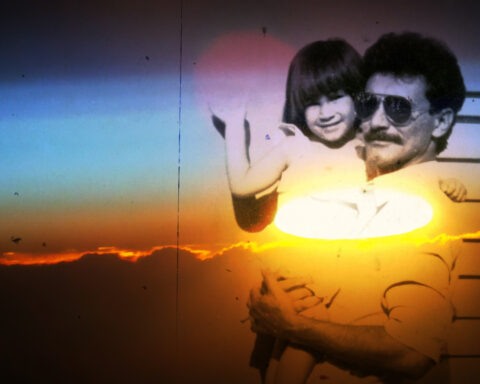Salvatore, Shoemaker of Dreams
(Italy, 110 min.)
Dir. Luca Guadagnino
Category is: couture comfort realness!
“Fashion” and “comfort” are the two words with which interviewees most frequently describe the shoes of Salvatore Ferragamo in Salvatore, Shoemaker of Dreams. The documentary deserves similar labels. Directed by Call Me by Your Name’s Luca Guadagnino, Shoemaker of Dreams is a chic slice of non-fiction that’s as comfy as a pair of loafers. While the film admittedly lacks the drama of other shoe dynasty stories, like, say, House of Gucci, it also avoids the campiness and clichés that often accompany such dramatizations. Shoemaker of Dreams offers a straightforward cradle-to-grave narrative of the Italian artisan.
On one hand, it’s a study of an empire made from humble beginnings as Italian moors considered shoemakers low class. On the other hand, the film yields a case study in the American dream. As the doc chronicles Ferragamo’s success in the USA as a shoemaker to the stars, it charts of a journey of the miracles that happen when someone perseveres by putting one’s best foot fashionably forward.
The film takes its time unfolding Ferragamo’s story as the relaxed narration by Michael Stuhlbarg offers copious biographical info. Shoemaker of Dreams admittedly begins with a bit of an info dump, but the narrative eventually gains momentum. The doc tells how Ferragamo was barely a teenager when he started making shoes. Soon after learning his craft, he hopped a boat to America at age 16. A chorus of experts and fashionistas unpack the art of the shoe that quickly distinguished Ferragamo from other shoemakers. Designers like Manolo Blahnik and Christian Louboutin gush over the architecture of Ferragamo souliers. Vogue creative director Grace Coddington, meanwhile, highlights the masterful fusion of elegance and ergonomics.
Engaging Interviews
While Shoemaker of Dreams lags somewhat in the biographical bits, it finds its footing thanks to researcher Giuppy D’Aura’s confidence with the interviews. Shoemaker of Dreams proves fascinating when it really lets the participants dig into the nuances of fashion and design. D’Aura knows his fashion and has a good rapport with the participants, which elevates the work beyond typical talking heads fodder. Moreover, the film makes the unusual choice of revealing that Guadagnino isn’t conducting the interviews. Although producers or assistants frequently conduct interviews in docs, Shoemaker of Dreams positions the camera to note D’Aura’s position in the frame. Audiences familiar with Guadagnino will recognize that the interviewer doesn’t share the Italian director’s build or voice. However, the film gives D’Aura a prominent title card for the interviews—and rightly so since they drive the doc.
Interviewees like costume designer Deborah Nadoolman (Coming to America) have a lot of fun nerding out over Ferragamo’s designs. Moreover, they use their expertise to trace the outlines of the shoes to highlight how Ferragamo took the time to understand the human body. This intuition comes thanks to a nasty car accident that crushed the Ferragamo’s leg early in his career. The doc tells how Ferragamo took charge of the situation by designing a set-up for traction that would properly reset and realign his broken leg.
Filmmaker Martin Scorsese also appears, but not to dish on Ferragamo’s cinematic legacy. Instead, Scorsese speculates about Ferragamo’s experience as an Italian-American. He draws upon his own family and career exploring immigration stories to get audiences into the mindset that drove Ferragamo. Scorsese’s subdued chat, surprisingly, isn’t among the film’s highlights. However, that’s more a testimony to the giddy thrill that other interviewees have while digging into Salvatore’s heels.
Shoemaker to the Stars
Salvatore, Shoemaker of Dreams situates Ferragamo’s legacy within the rise of Hollywood. Film buffs will enjoy sequences that analyze costume design in the age of the silver screen. The interviews again prove quite engaging here. D’Aura gets fashionistas to lean in and gush about the creative impulse that inspired, say, “The Bella.” Gloria Swanson’s black high-heeler with a cream-coloured bow in Sadie Thompson remains an iconic design from the era. However, as the interviewees explain how Ferragamo understood the colour contrasts of black-and-white cinema, as well as the implications that such a confident bow could accent the seductive fastener around Swanson’s ankle, they illustrate how the perfect shoe could transform a person’s look and persona. To underscore the point, the film displays the curly-toed shoes designed for Douglas Fairbanks in The Thief of Baghdad.
The film also highlights stars who walked red carpets in Salvatore’s shoes. Every top actress of Hollywood’s Golden Age appears here. So too do models of their feet, which illustrate how Ferragamo really understood the human body to create his designs.
Salvatore, Shoemaker of Dreams also makes stars of the shoes themselves. An extended sequence shows the work that goes into creating a single pair. An artisan traces the designs of Ferragamo’s layered Rainbow pump, made in homage to The Wizard of Oz. A spectral sandwich of wood, cork, nails, cloth, and handiwork fashions six-inches of runway-read poise.
Guadagnino caps it all off by giving the shoes their own number. A ballet by animator PES gives Ferragamo’s shoes their own Ziegfeld Follies-style spotlight. The pumps kick up their heels in a novel dance of art and design. Their pirouettes end the film with a note of laissez-faire randomness. It’s not exactly The Red Shoes, but an appropriately dreamy coda for this Hollywood tale.




